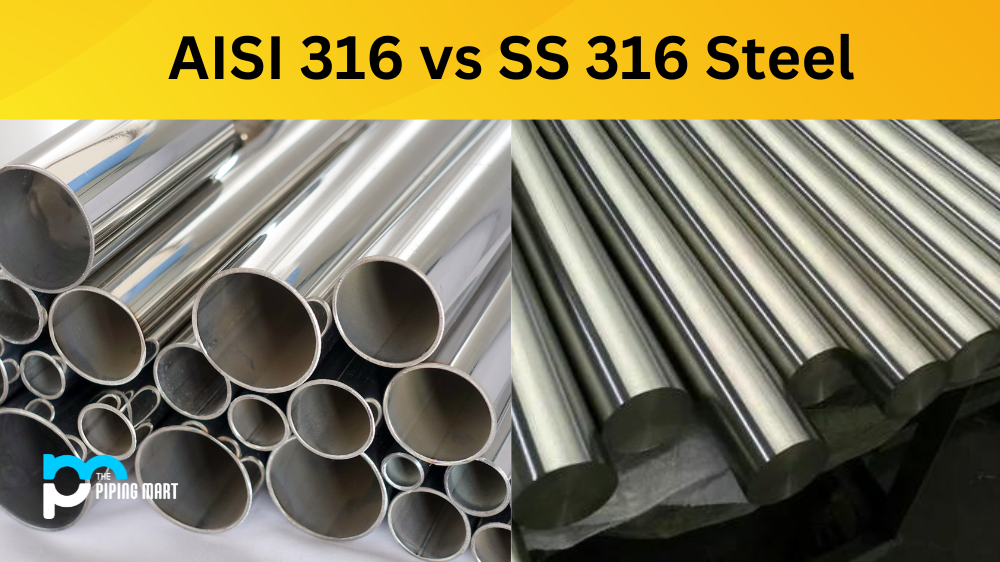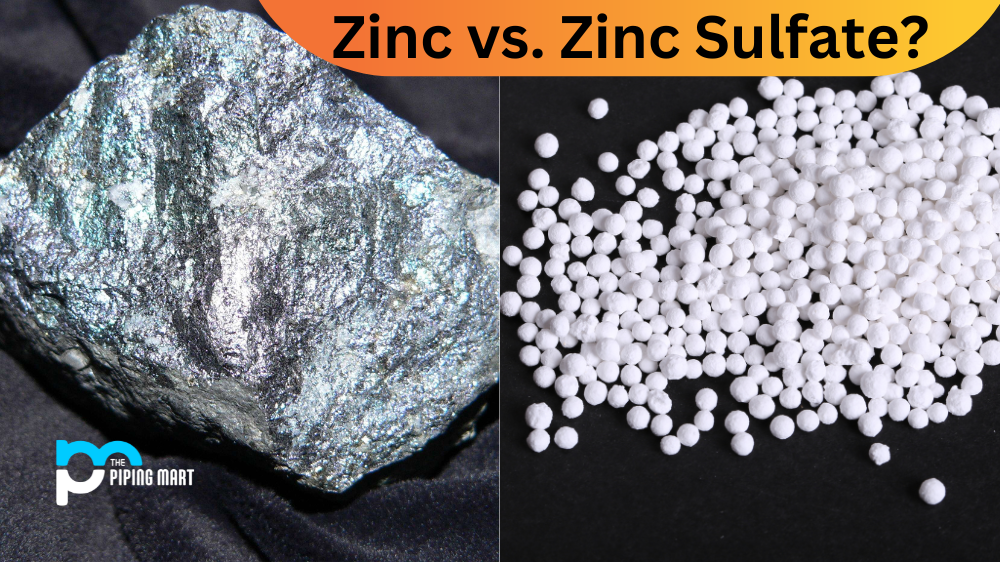There is often confusion when understanding the differences between steel pipe and steel tube. While both are cylindrical and made of similar materials, they serve different purposes. Read on to find out more about these two products and how they can be used.
What is Steel Pipe?
A steel pipe is a long, hollow tube made of steel used for various purposes. Often used as an infrastructure material, steel pipe can be found in various industrial settings, including construction sites, oil refineries, and chemical plants. Steel pipe is made using various methods, including electric-resistance welding (ERW) or seamless steel rolling (SRL). ERW pipes are created by forming a hot rolled coil into a cylindrical shape before welding along its length. SRL pipes are created from the hot-rolled coiled plate before being drawn through dies, forming the desired shape before being cut to length.
What is Steel Tube?
Steel tube, also known as tubular steel, is made of metal alloys formed into hollow cylinders or tubes. Unlike pipes, tubes are measured by their outer diameter instead of their wall thickness and are available in various sizes ranging from 0.25″ outside diameter up to 24″ outside diameter. They come in many different shapes, including round, square and rectangular shapes with varying wall thicknesses depending on the application they are needed for. Common uses for steel tubes include automotive parts such as exhaust systems, furniture frames and handrails, and construction supplies such as scaffolding poles or fencing posts.
Difference Between Steel Pipe and Steel Tube
- Steel pipe is made from a single piece of metal, while steel tube is made from multiple pieces of metal that are welded together.
- Steel pipe is typically used for transporting fluids or gas, while steel tube is often used for structural applications.
- Steel pipe is available in various diameters, while steel tube typically has a smaller diameter.
- Steel pipe is typically more expensive than steel tube.
- Steel pipe is more likely to leak than steel tube.
- Steel tube is more likely to collapse than steel pipe.
Conclusion:
Knowing the difference between steel pipes and tubes will help you determine which product best suits your needs for any project or application. Both products have their advantages in certain situations, but understanding how each one works will help you ensure that you get exactly what you need for your project or application. If you’re still unsure which product best fits your needs after reading this post, don’t hesitate to contact an experienced professional who can advise you further on your selection process! steel pipe vs steel tube

Meet Bhavesh, a seasoned blogger with a wealth of knowledge and experience. From metal products manufacturing to retail, Bhavesh has a diverse background in various industries and is dedicated to sharing his insights and expertise with readers.




